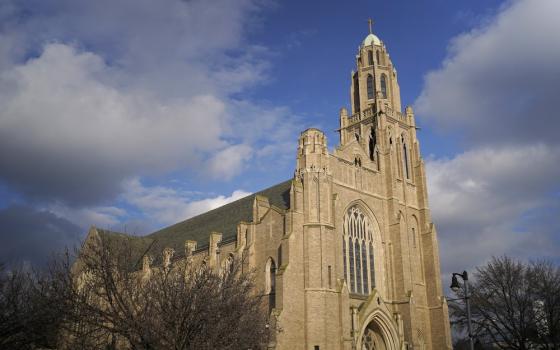In the effort to preserve critical, biologically diverse regions around the globe, scientists and conservationists could find an untapped ally in the world's religious leaders, according to a recent study.
An article in the September issue of Oryx, an international conservation journal published by Cambridge University Press, suggested that engaging religious communities more in the conversation on conservation could reap positive returns at a time when traditional top-down, government- and NGO-led efforts have not yielded desired results. The study notes the failure to slow the rate of biodiversity loss by the target date of 2010 (as set in 1992 by the United Nations' Convention on Biological Diversity) as one example of so far subpar efforts.
While species extinction rates are difficult to project, and estimates can vary greatly, most scientists agree the extinction problem has become serious, with some predicting the planet on the verge of its sixth mass extinction.
"A greater involvement of religious communities in the conservation discourse, and a greater inclusion of conservation issues in religious ethics, could be beneficial for biodiversity," the study's authors wrote, adding that the potential in linking conservation with stewardship shouldn't be overlooked by the scientific community and other stakeholders "seeking new ways to engage societies in conversation."
Religion's role in conservation has been debated in the past. Some have seen potential in the faith world, but others have criticized, in particular, Judeo-Christian teachings for views that paint the earth as a resource for human benefit first, often at the expense of other ecosystems.
Using data from the World Religion Database, researchers mapped out four major religions' populations -- Islam, Hinduism, Buddhism and Christianity, broken down into four sects (Roman Catholicism, Protestantism, Orthodox and other Christian) -- as well as other religious and non-religious populations, and overlapped them with the locations of global biodiversity conservation areas deemed priorities by seven separate conservation templates.
"This allowed us to link the religious profile of a particular country with the area of biodiversity templates located there," the researchers said in their report.
The analysis found a significant proportion of Christians living in key conservation areas and even higher proportion of Catholics and members of the Orthodox faith. Geographically, the study found Christians predominantly living in the Americas and particularly in the areas in and surrounding the Amazon rainforest, viewed as one of the planet's most significant conservation areas.
Additionally, it found large regional overlaps with important biodiversity areas for Buddhism (Southeast Asia), Hinduism (the Indian subcontinent) and Islam (Asia Minor, portions of North and Central Africa).
But mere proximity of faith communities with biological regions doesn't translate to increased conservation in those areas. Instead, they symbolize potential to do so, the study says, and religious leaders, such as Pope Francis, could become vital actors in those efforts by emphasizing each faith's teachings on protecting creation.
"Stewardship and conservation are closely related ideas, and this offers hope for mutual progress," Hugh Possingham, a co-author of the study and professor at the University of Queensland, told Phys.org, a science and technology online news service.
"Our hope is that members of religious communities, who have for centuries guided people with respect to right and wrong, may feel they have a moral obligation to conserve the world's natural wealth for future generations and could become powerful advocates for conservation," he said.








